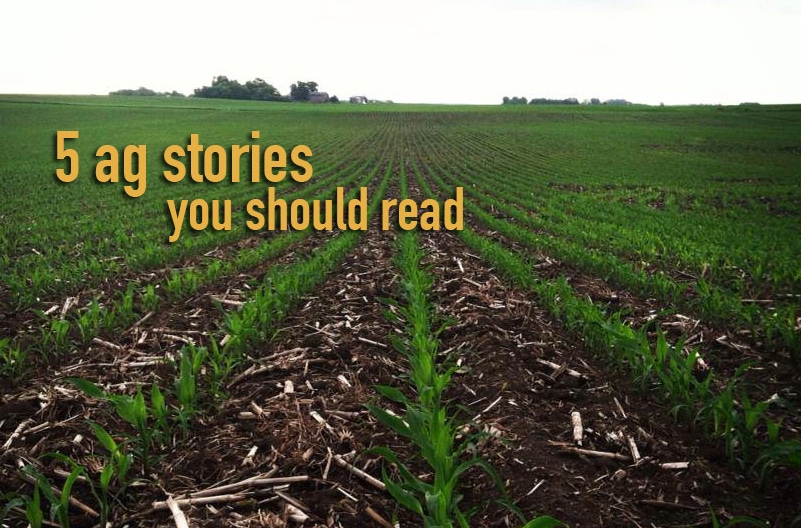
1. Scout corn plants
The University of Nebraska-Lincoln recommends that growers get out and scout their recently planted corn crop for stand counts, seed/plant attrition, seed viability, insects, pathogens, compaction and weed-management issues.
“As you understand the causes of poor stands, think about what can be done at that time and perhaps more importantly, what can be done next year to prevent these problems. Replanting may be an option,” say university experts.
Read more about early crop scouting from UNL.
2. Residual herbicide use
If you weren’t able to apply a preemerge herbicide to your soybeans, using a residual herbicide after planting can still provide benefits, says Bob Hartzler, Iowa State University professor of agronomy.
The limited time to complete spring field operations rarely allows things to fall in place exactly as one might have planned. However, the days when weeds could be treated as an afterthought are over. If planned preplant applications are bypassed due to delays in planting, adjust weed management strategies to include post-planting residual herbicides.
Read more about residual herbicide use in soybeans.
3. Grow corn in caves
A study by Purdue University has shown that lowering temperatures for a couple hours a day reduces the height of corn without affecting yield. This technique would allow corn to be grown in caves and former mines in a controlled environment.
Cary Mitchell, professor of horticulture at Purdue, described corn as a "good candidate crop" for the industry because of the plant's bounty of seeds and well-characterized genome, which can be modified in many ways. Using plants as "factories" to generate bioactive medicines would be far cheaper than the current methods that rely on cell cultures from mammals, he said.
Read more about growing corn in a controlled environment.
4. Frost damage potential
Some states in the Upper Midwest experienced pretty low temperatures overnight this week. Michigan State University says that fields most at risk when temps dip into the mid-30s to upper 20s are those at V1, approaching V2.
Frost injury will first appear as water-soaked areas of leaf tissue that turns brown during the next several days. Purdue University corn agronomist Robert Nielsen suggests that growers wait three to five days to fully evaluate the effects of frost or freeze injury in affected corn plantings. Plants should begin to show signs of new growth by this period. If no new growth appears, you can evaluate the health of the growing point of the plants by digging up a few and examining the tissue just below ground.
Read more about frost injury potential and signs from MSU.
5. Cattle auctioneer turned…rapper?
Who hasn’t been to an auction and been amazed at the speed of the auctioneer? Someone took a video of a cattle auctioneer in Texas and laid down a beat behind his voice. The end result is genius. Who knew auctioneers made great rappers? Watch on YouTube or see here for yourself:
About the Author(s)
You May Also Like




